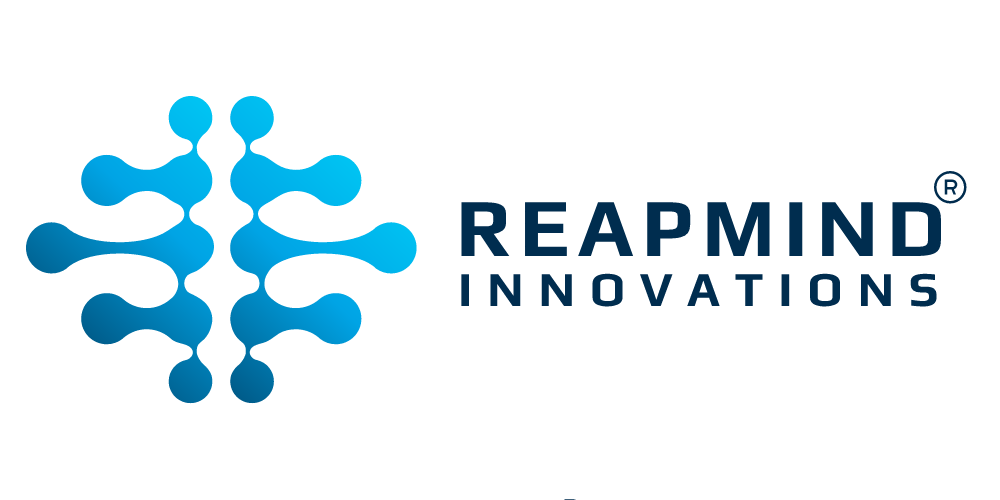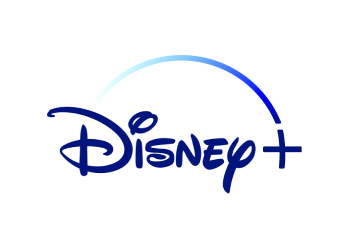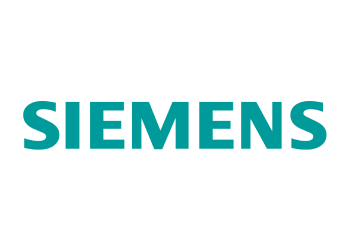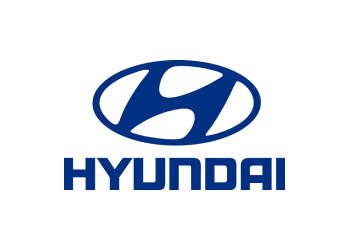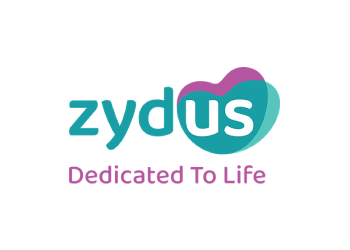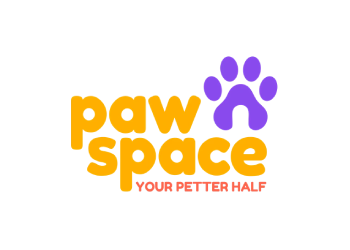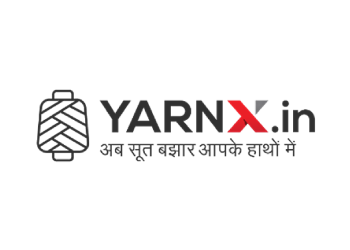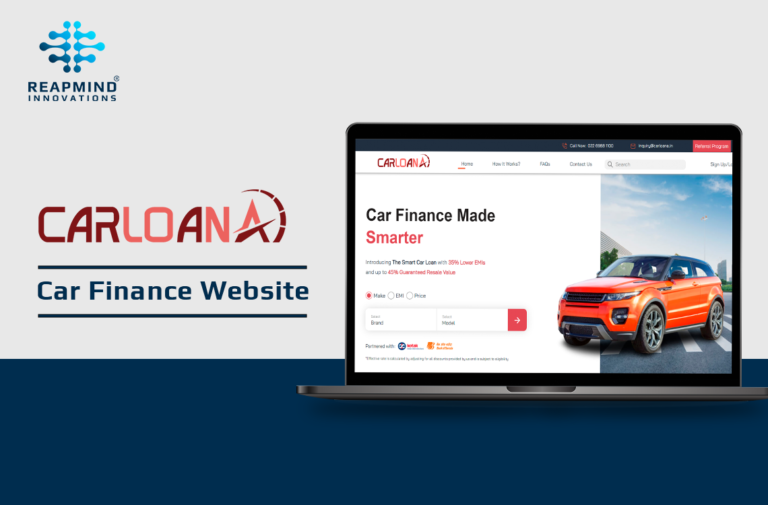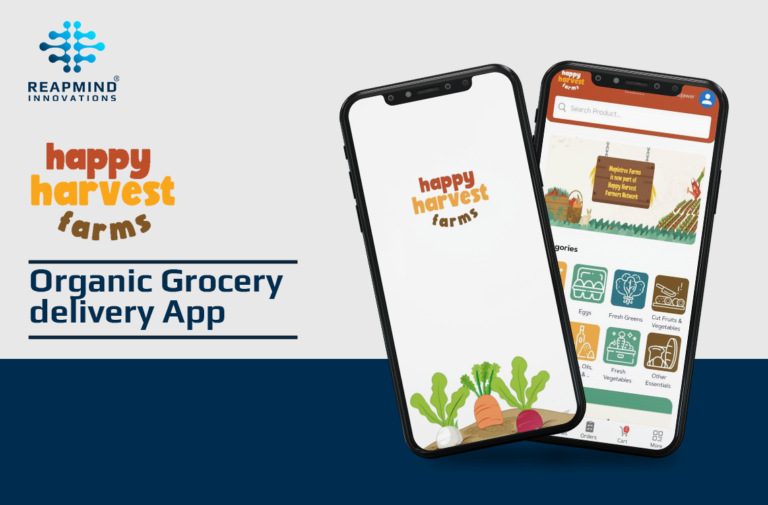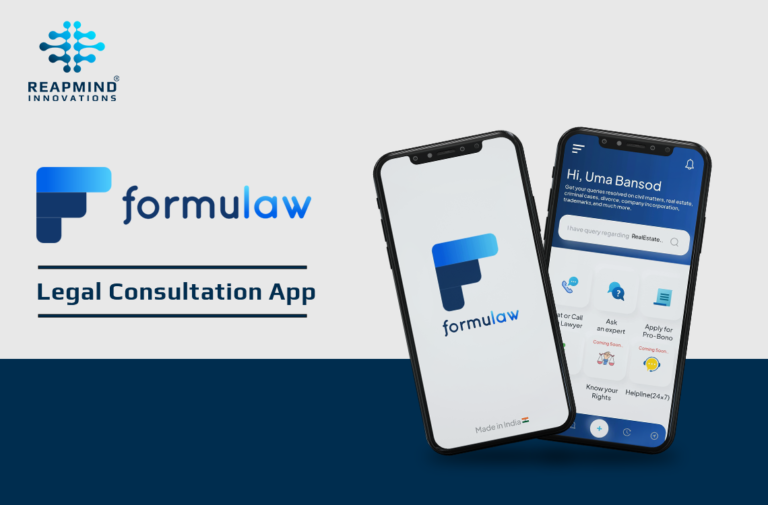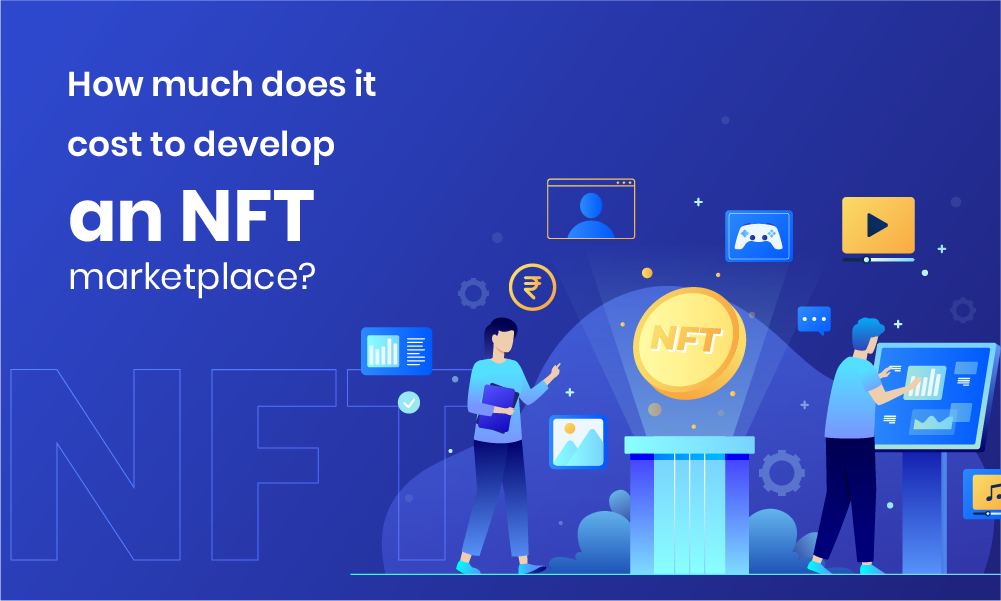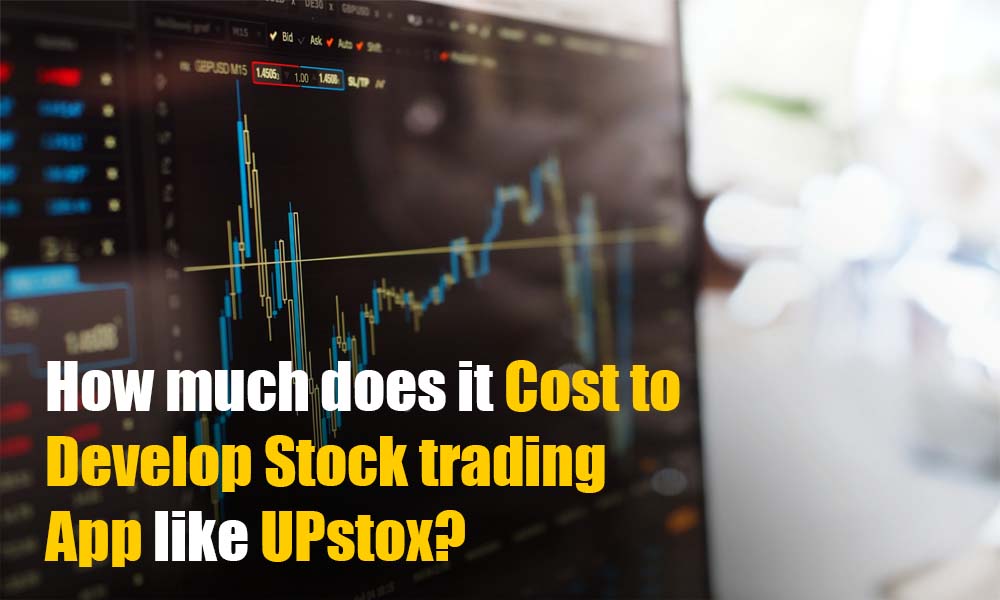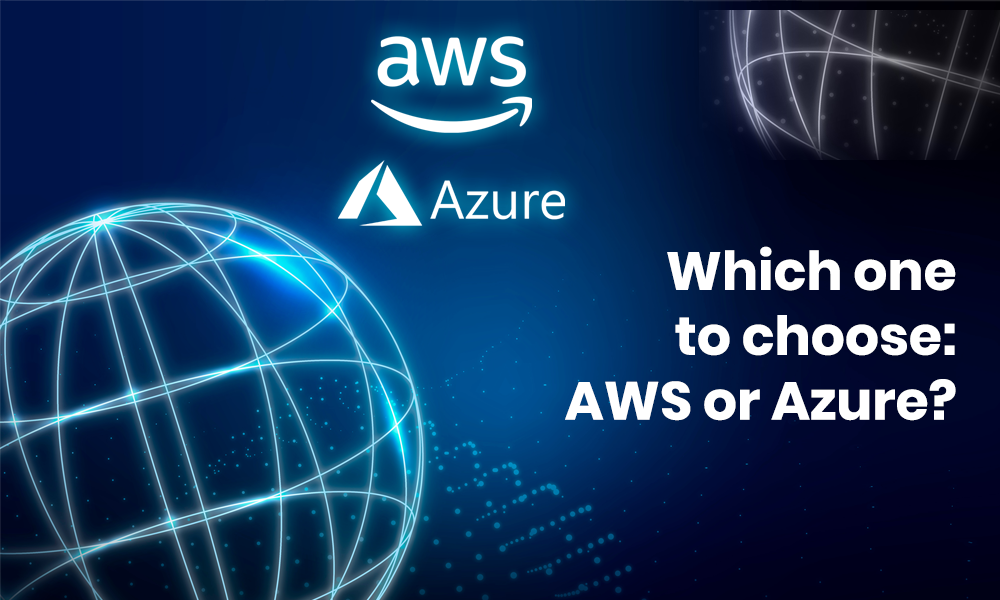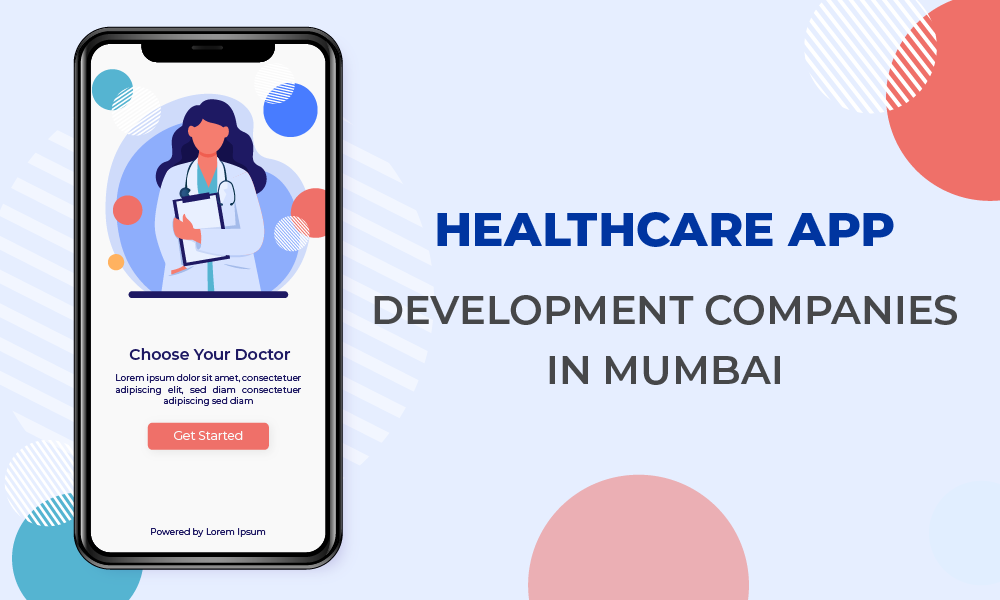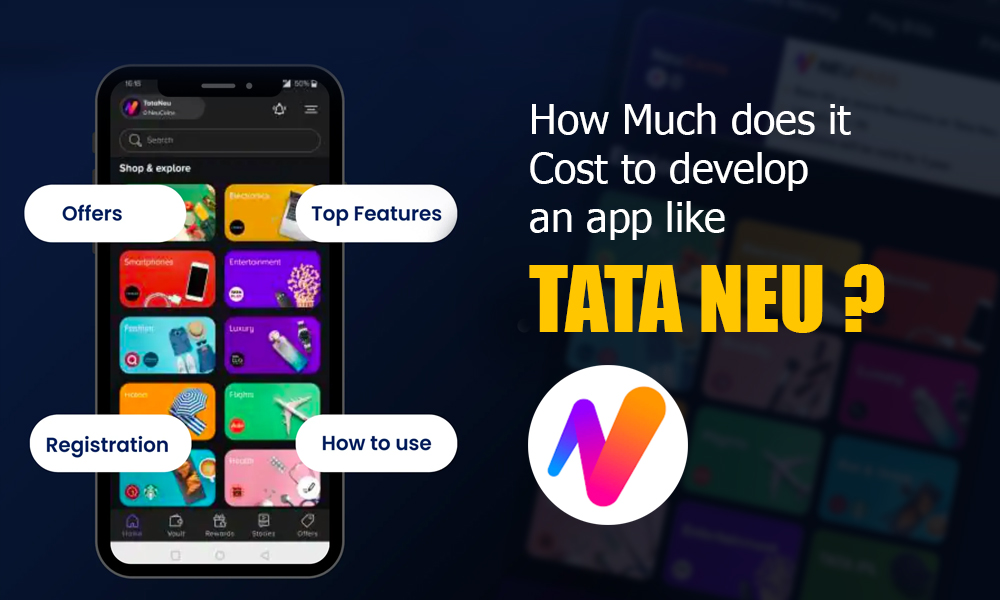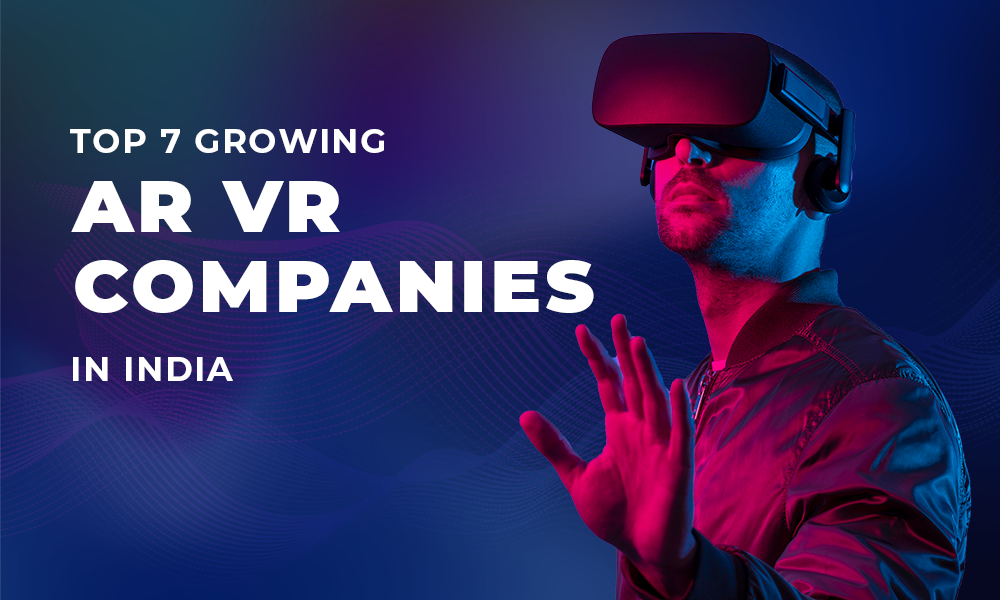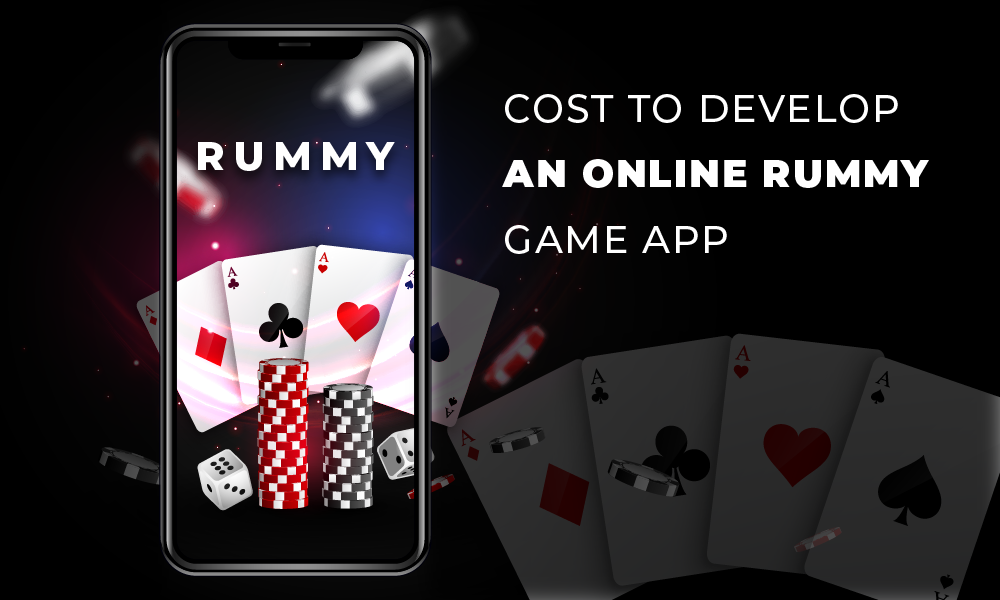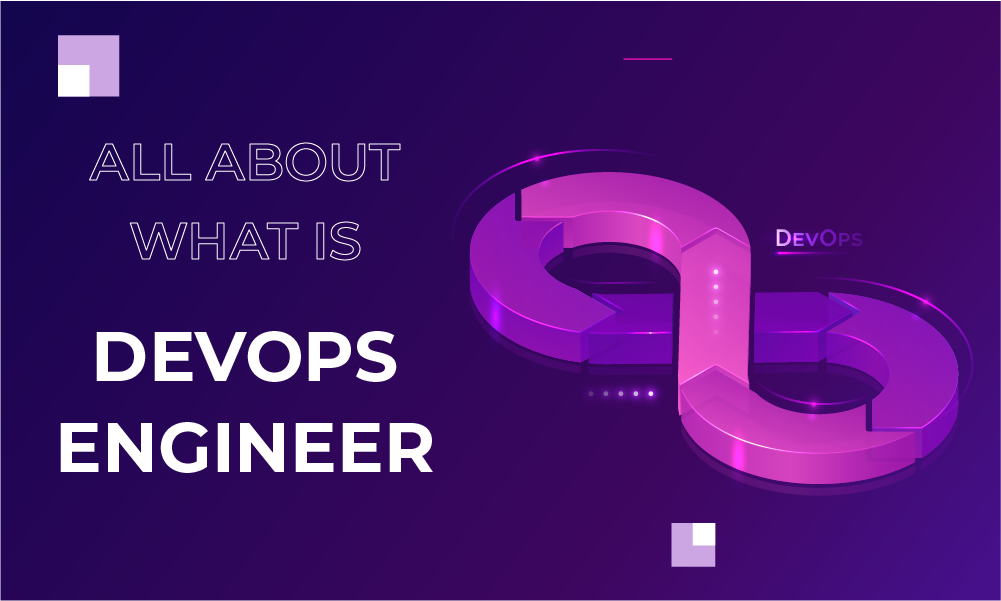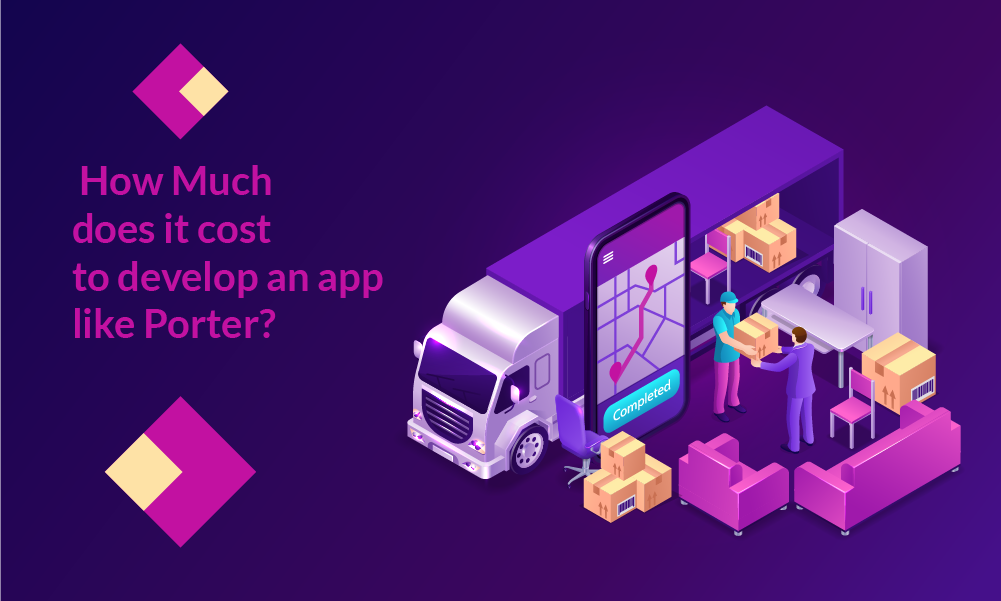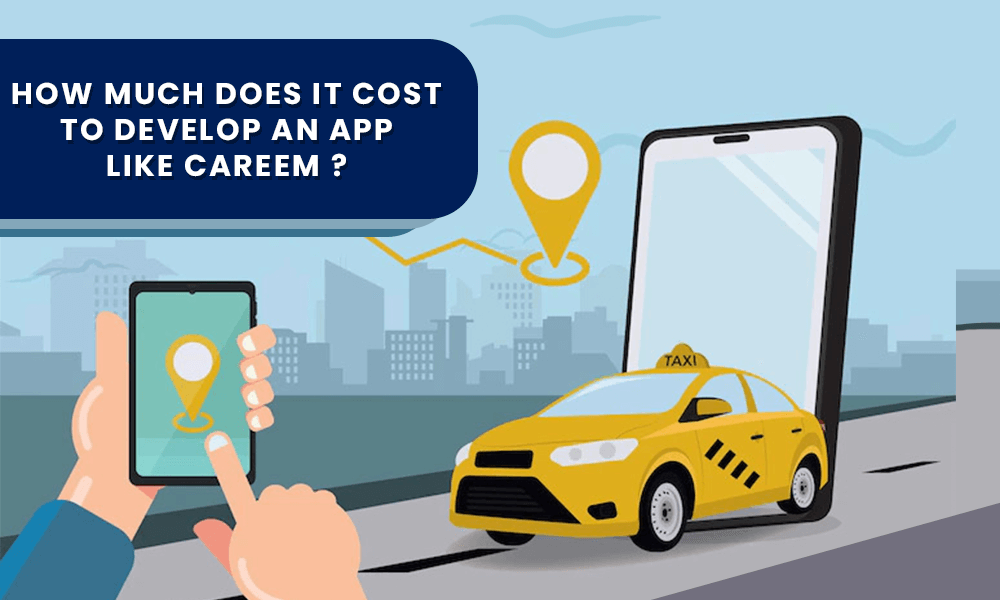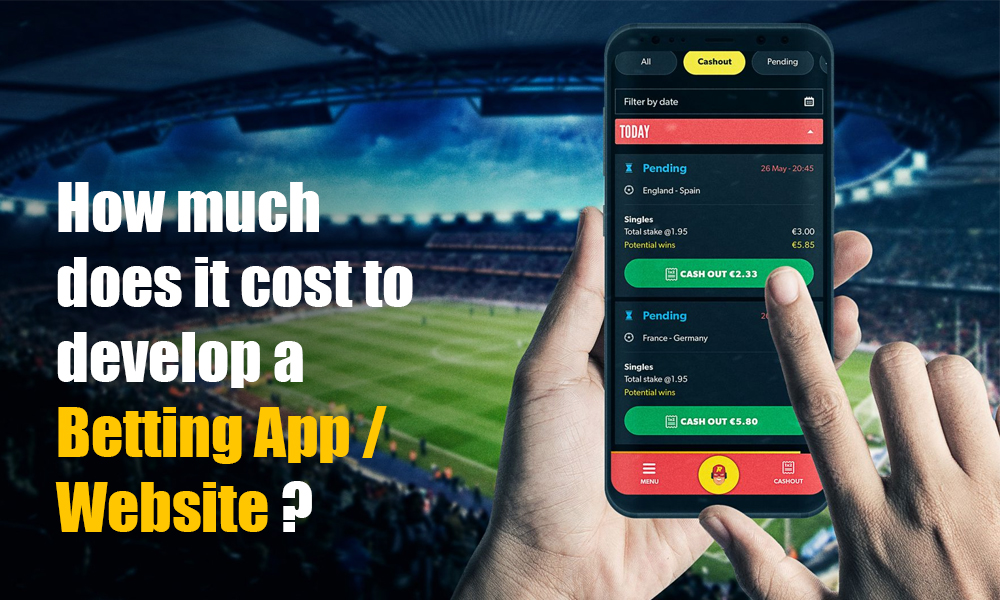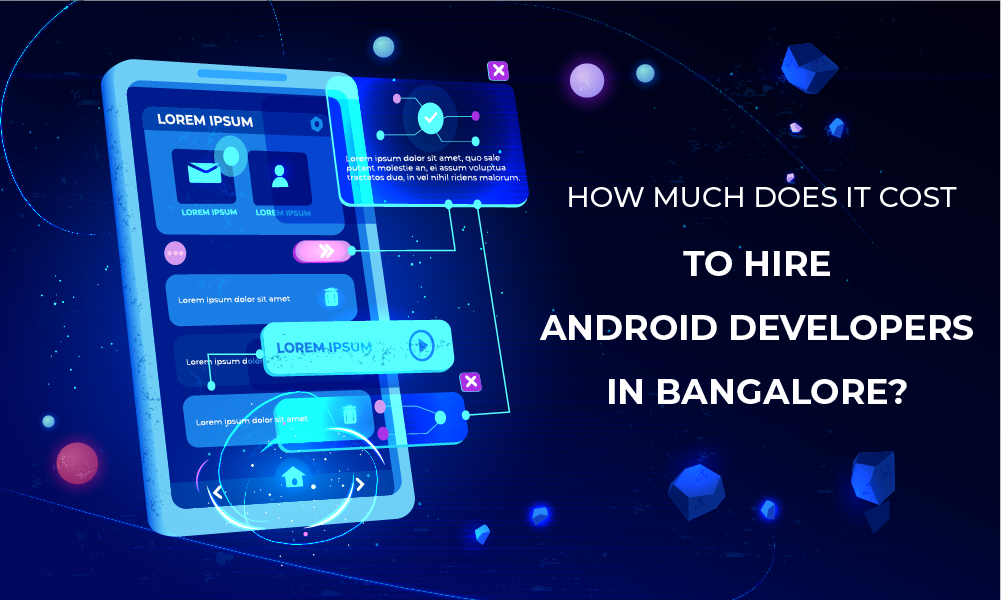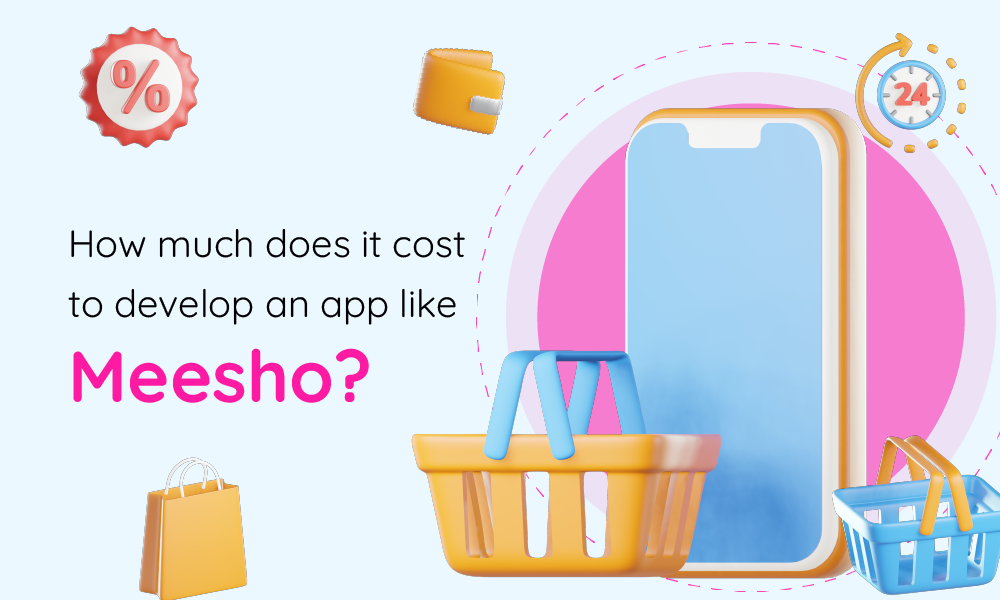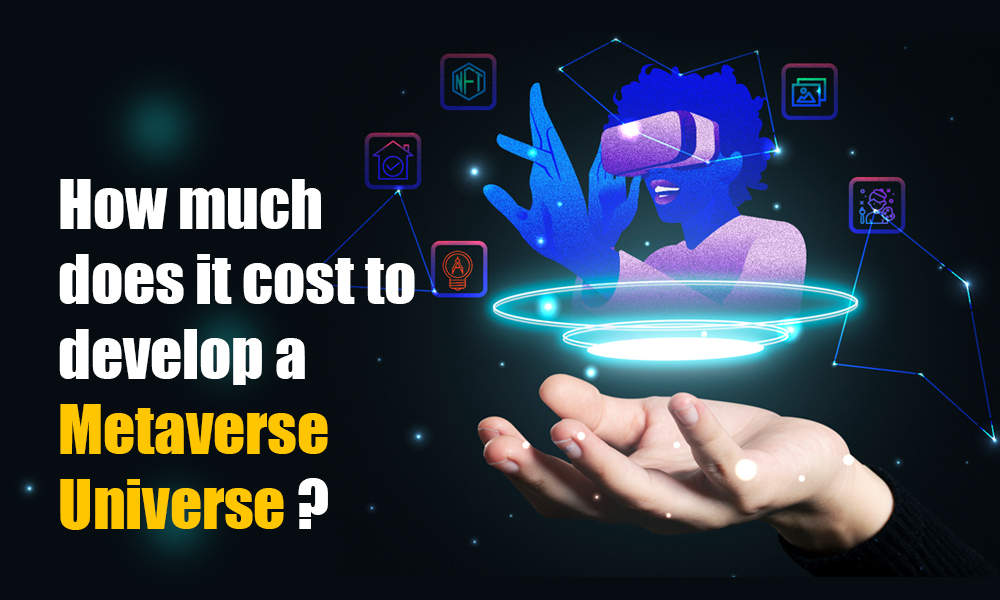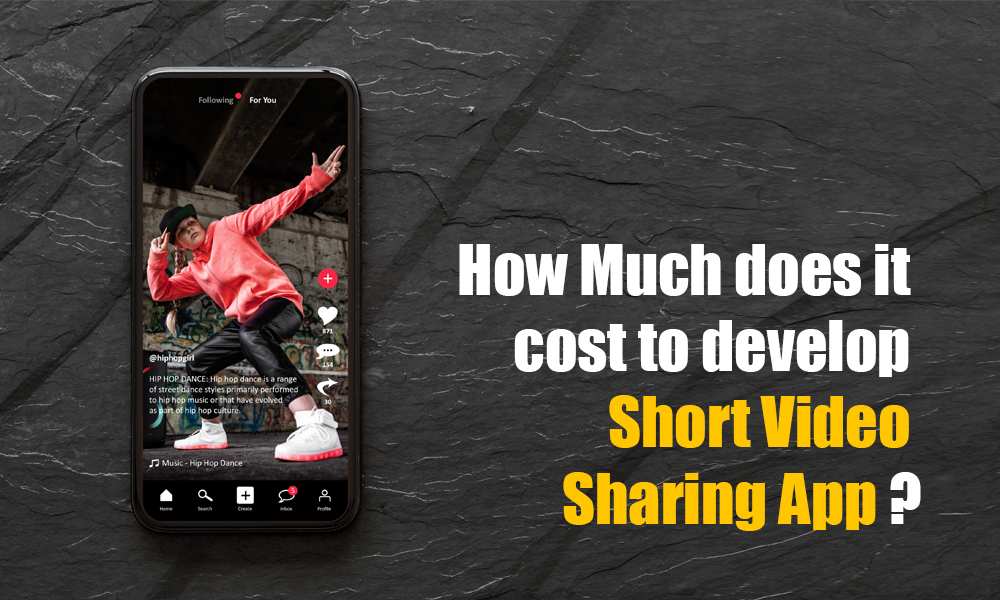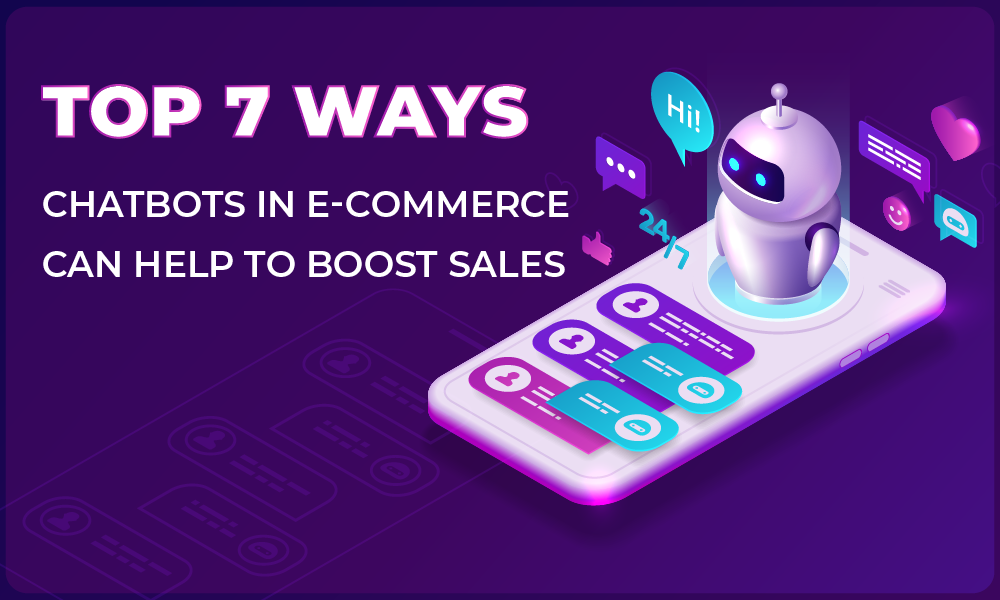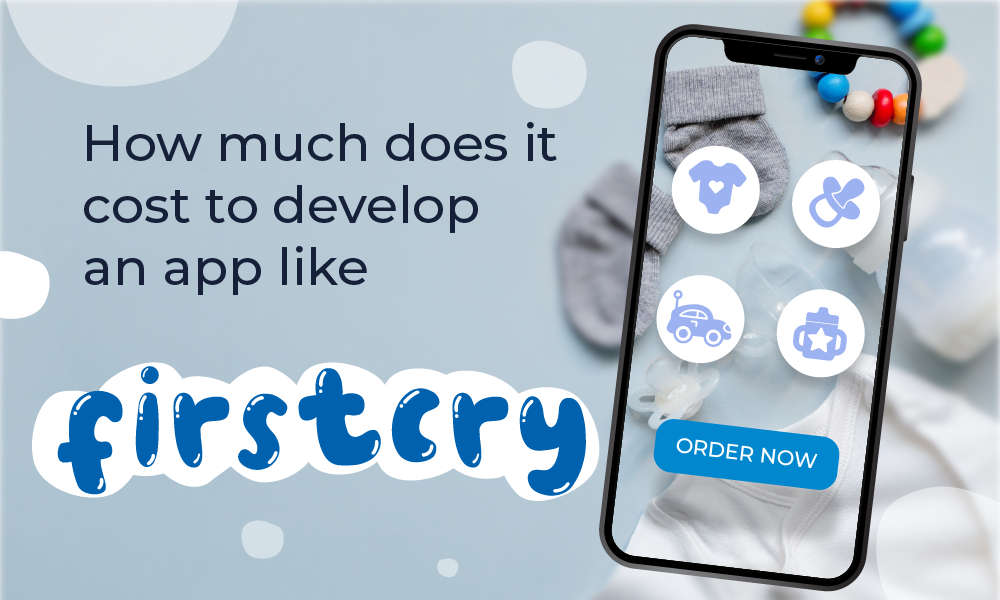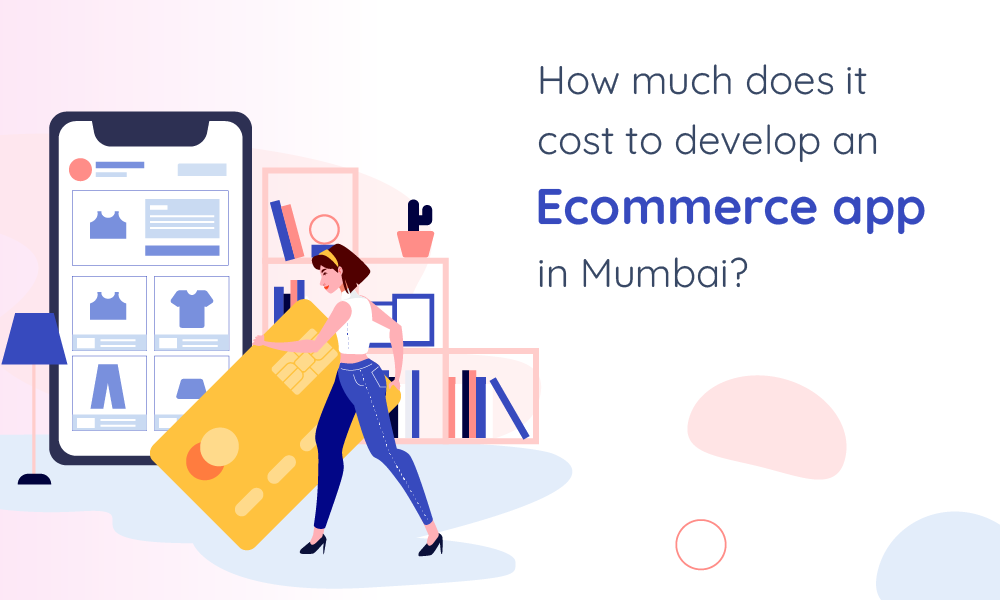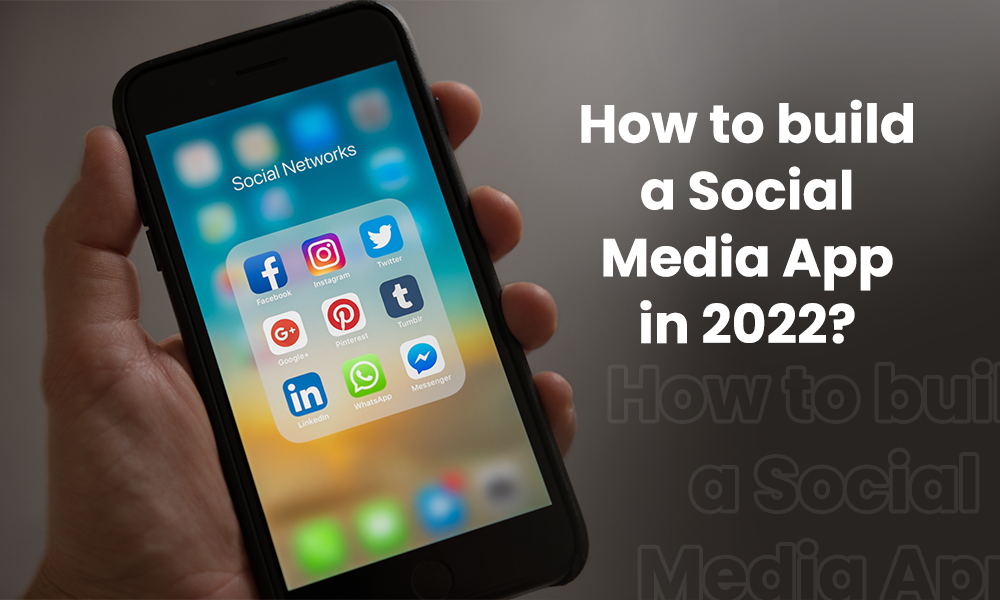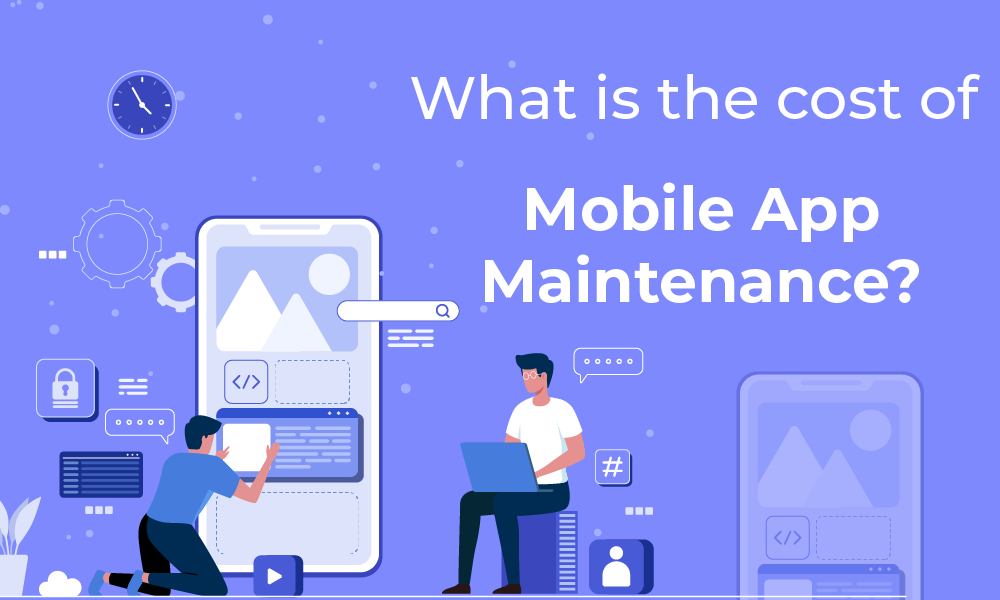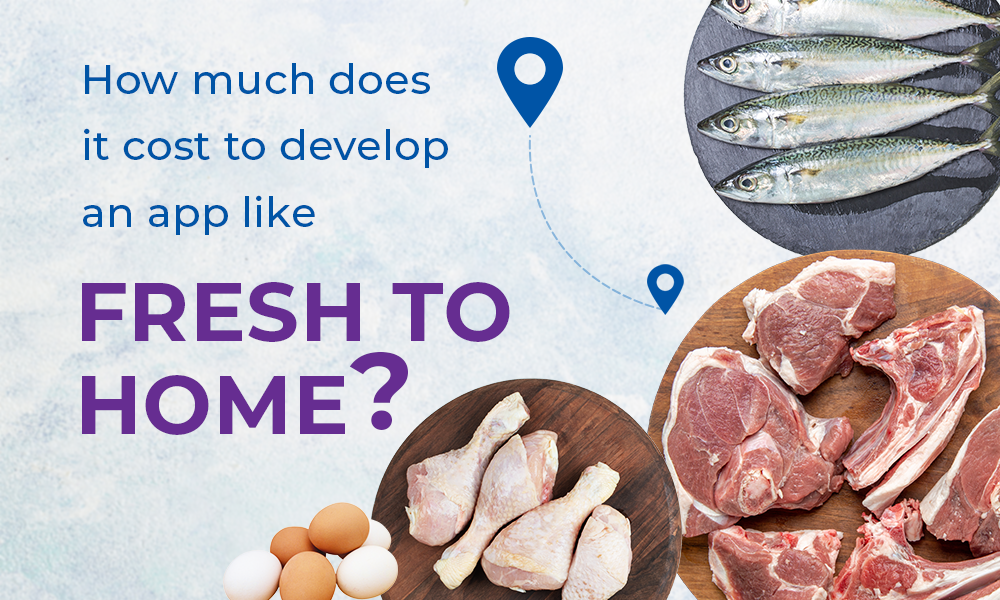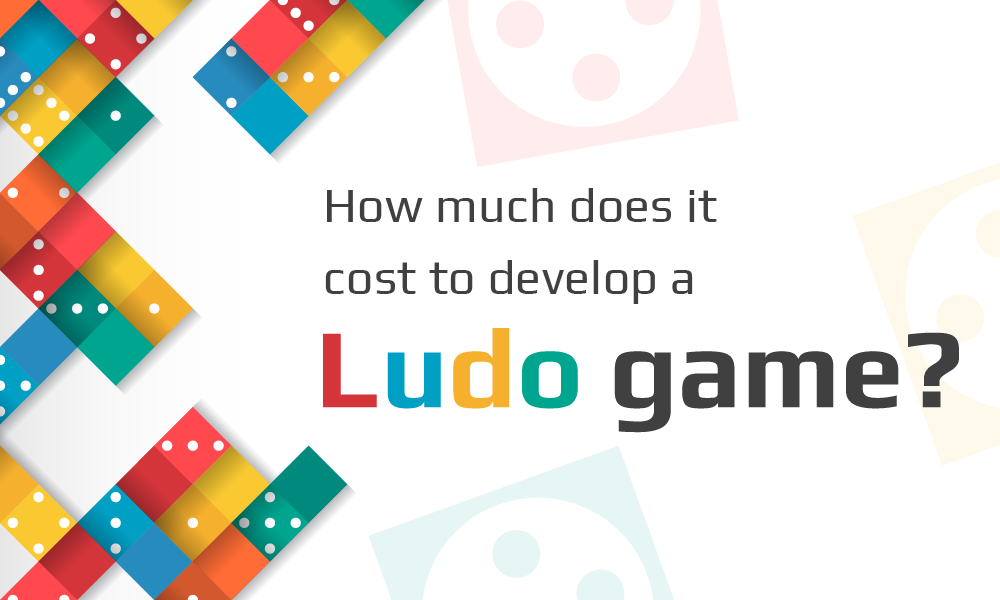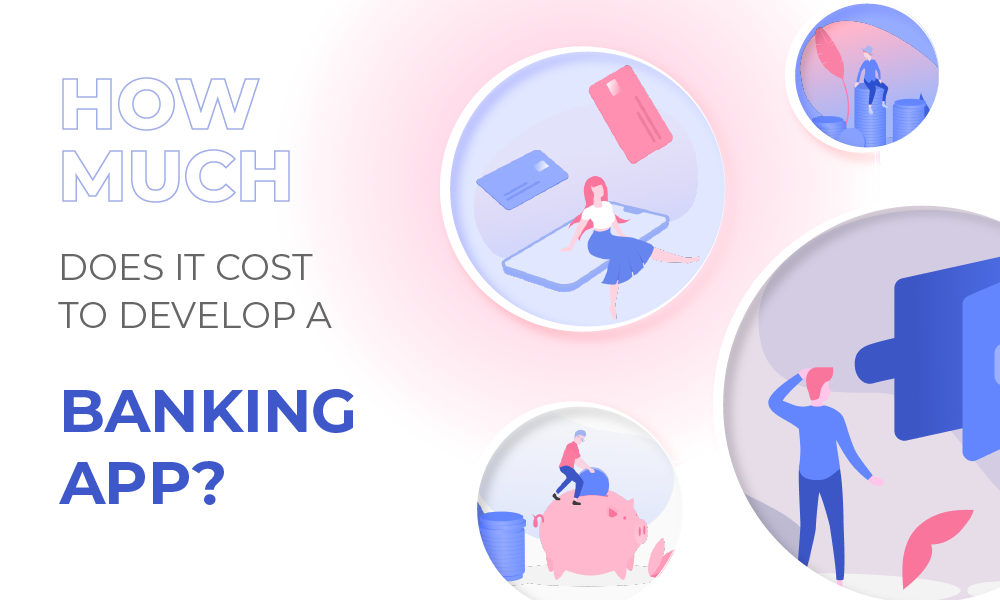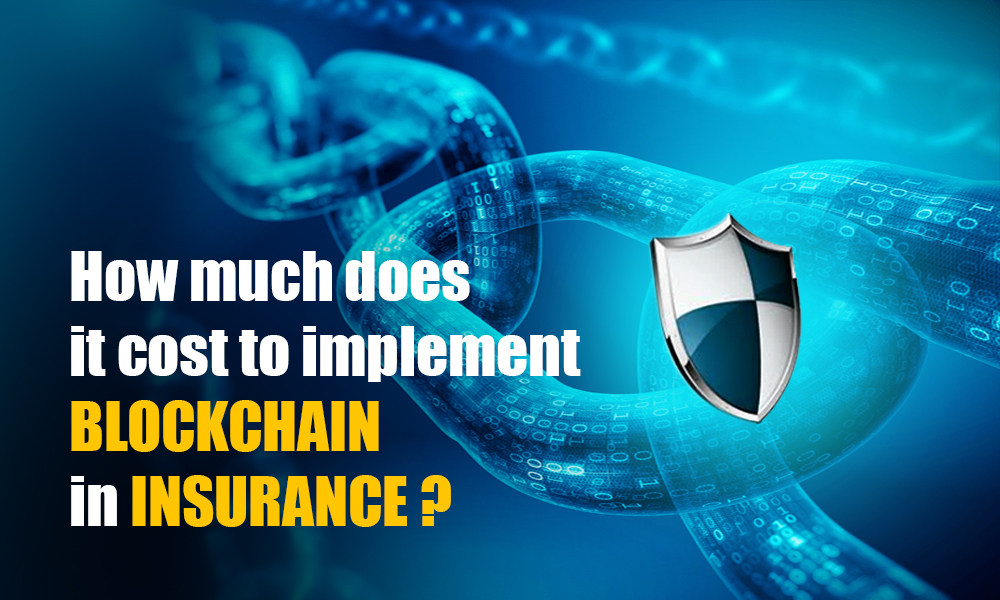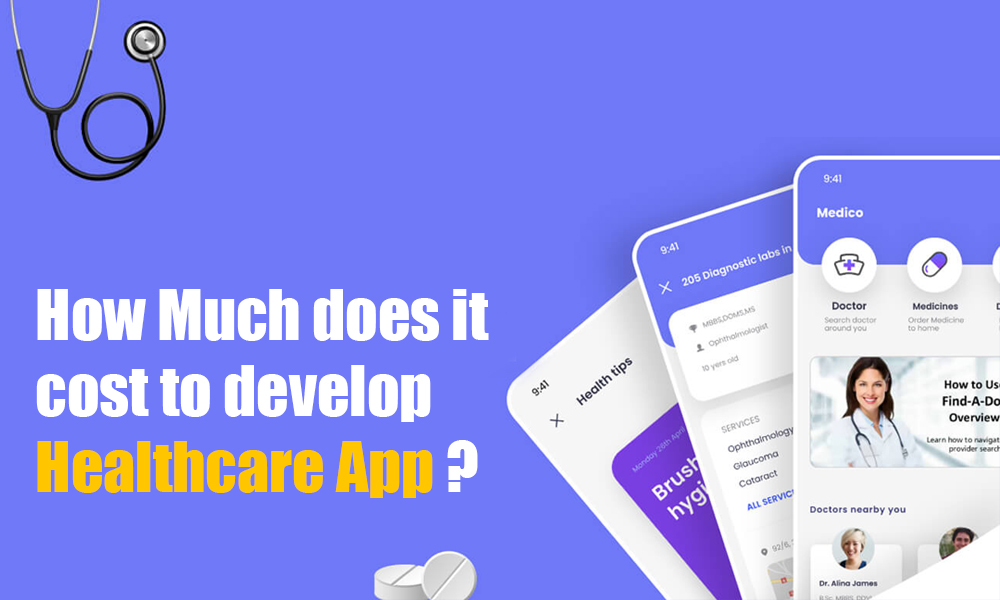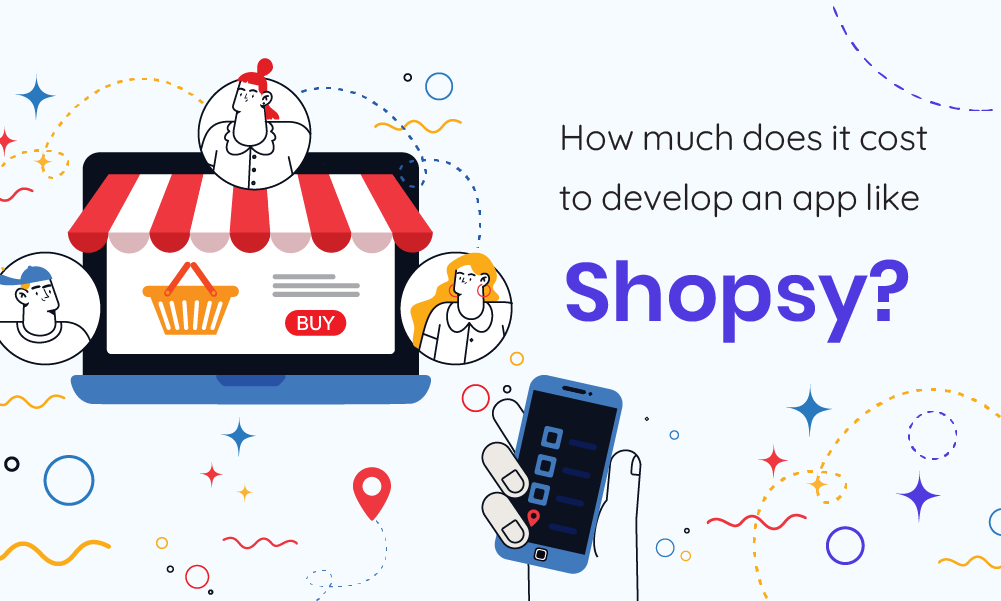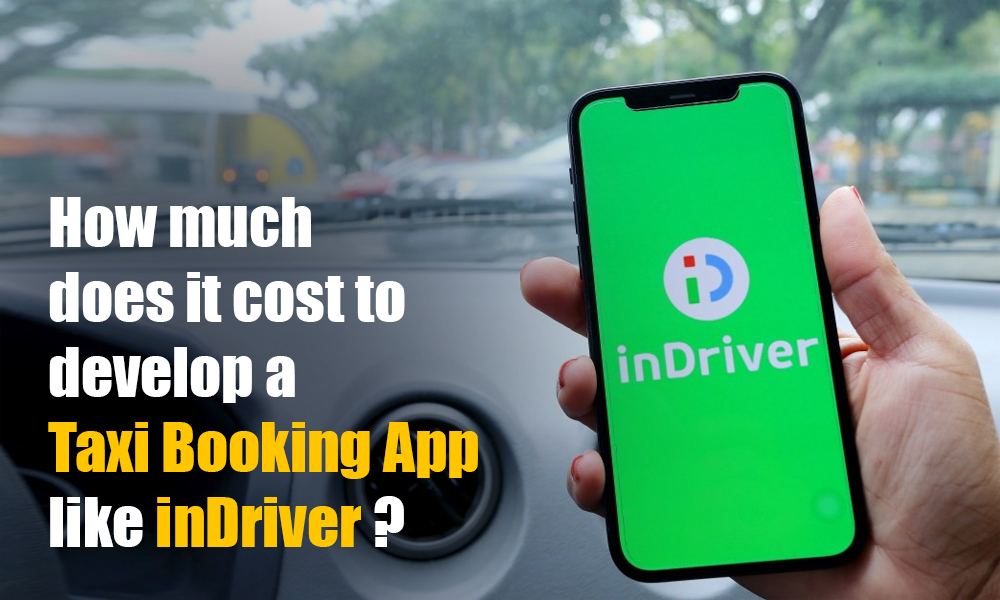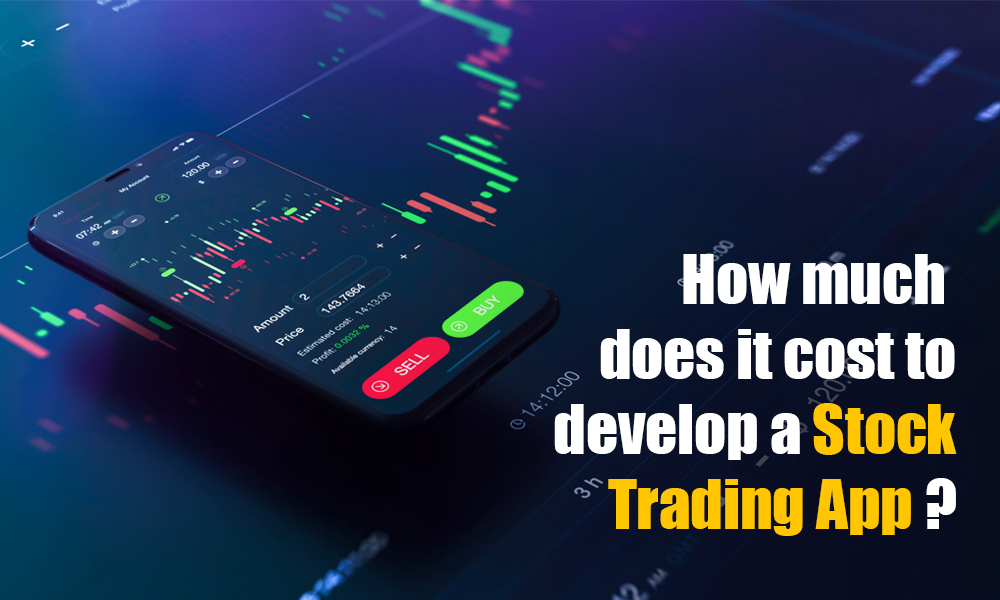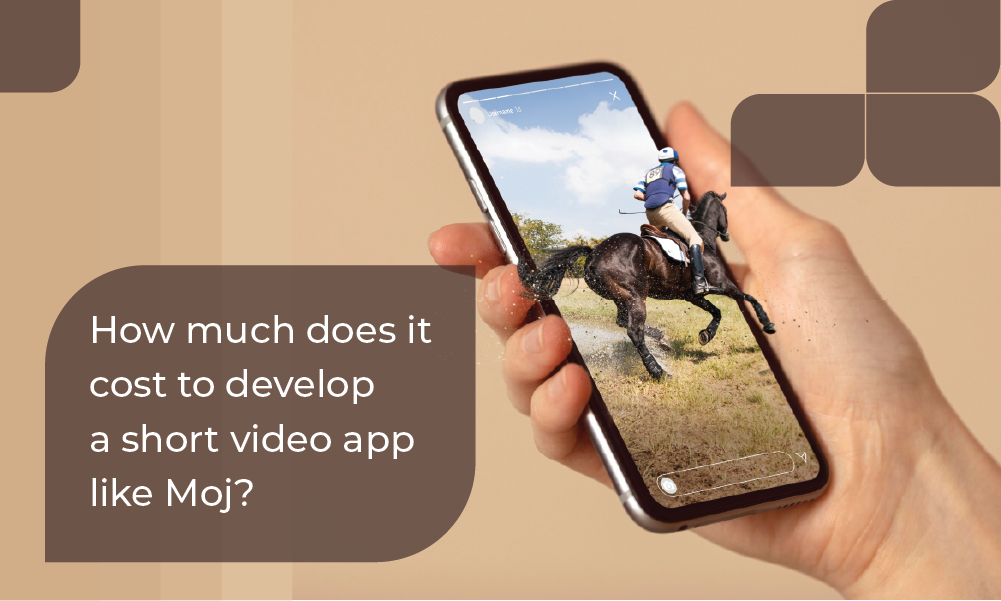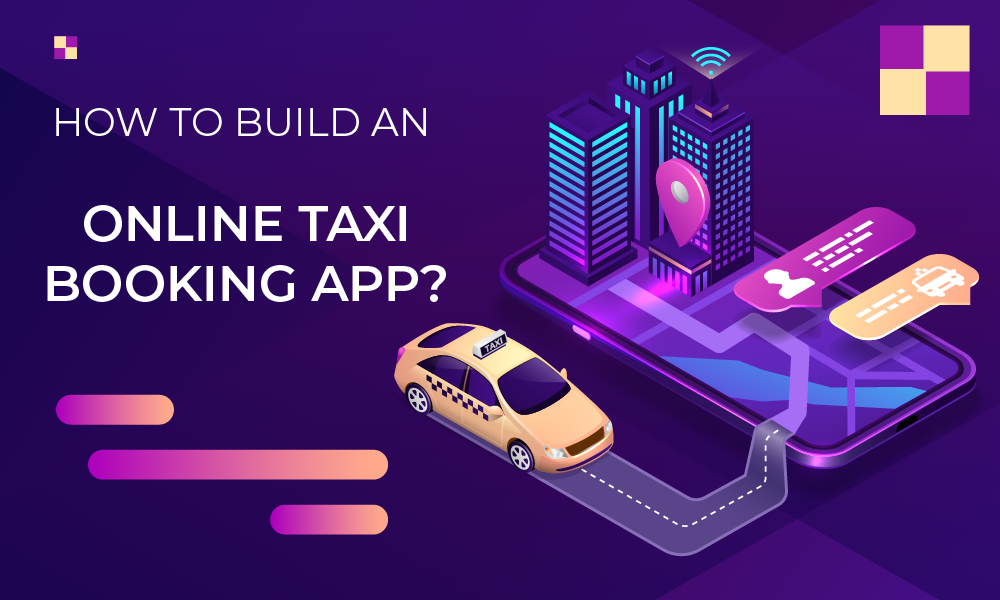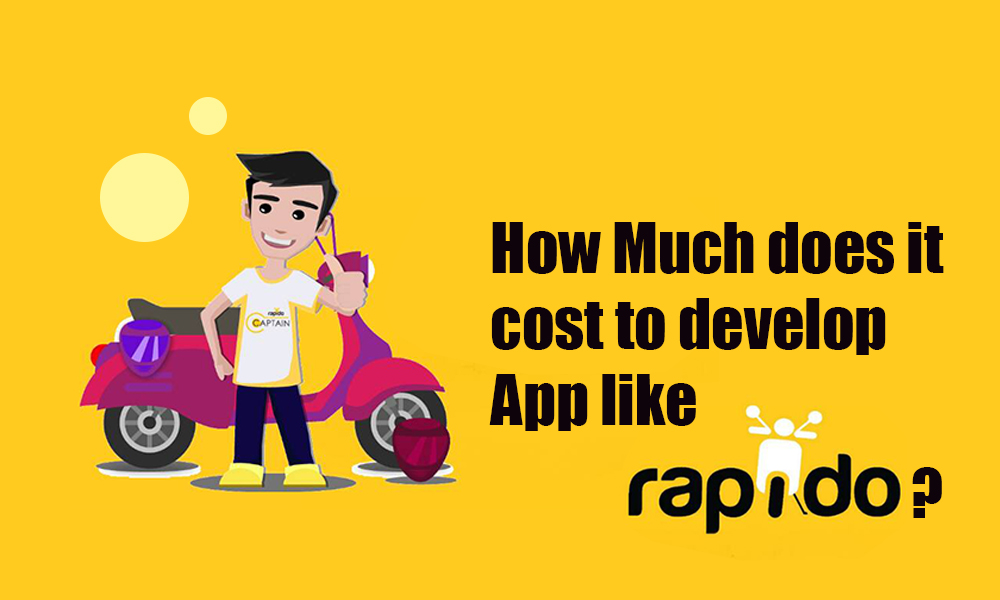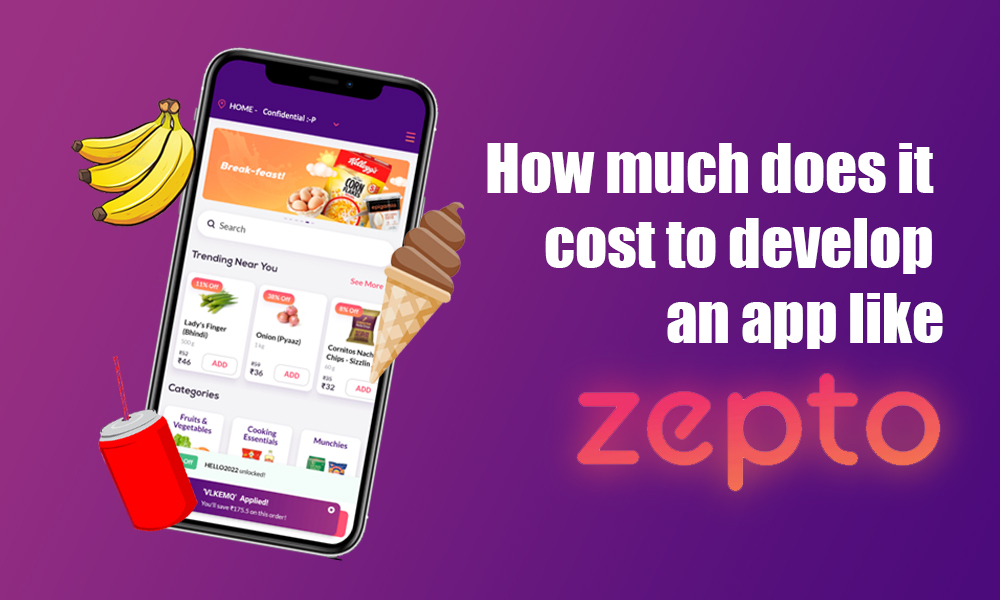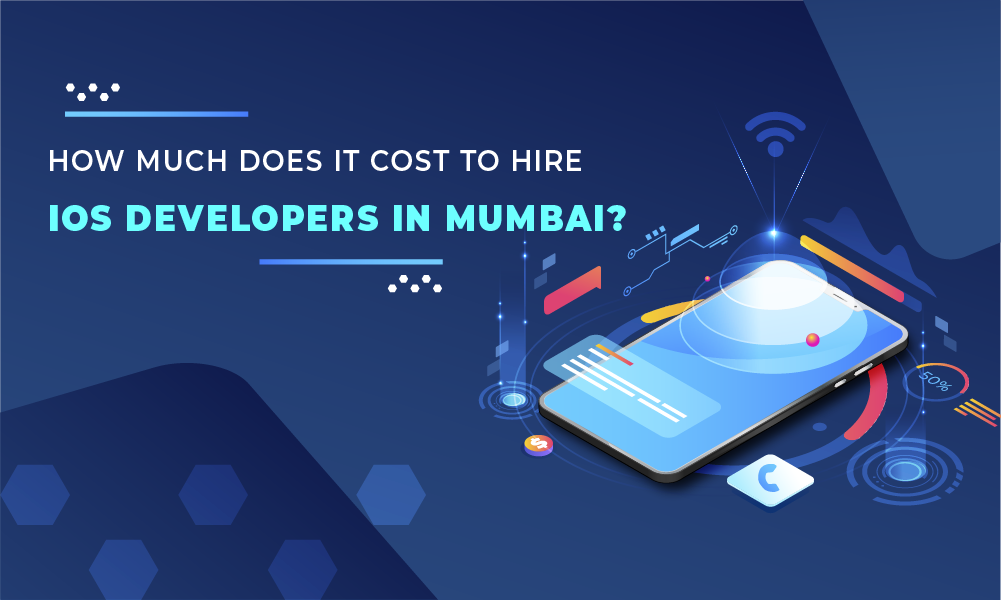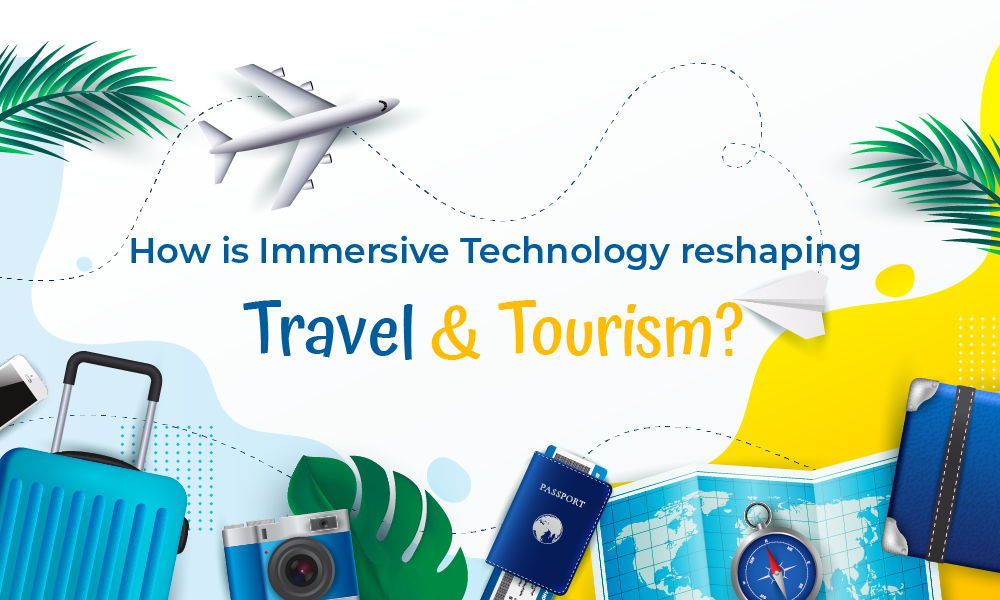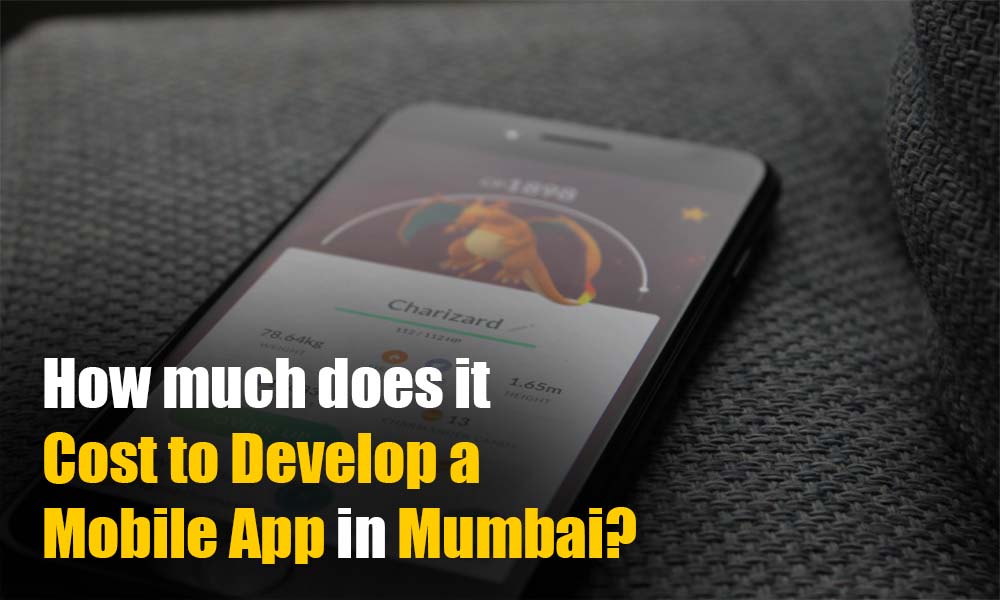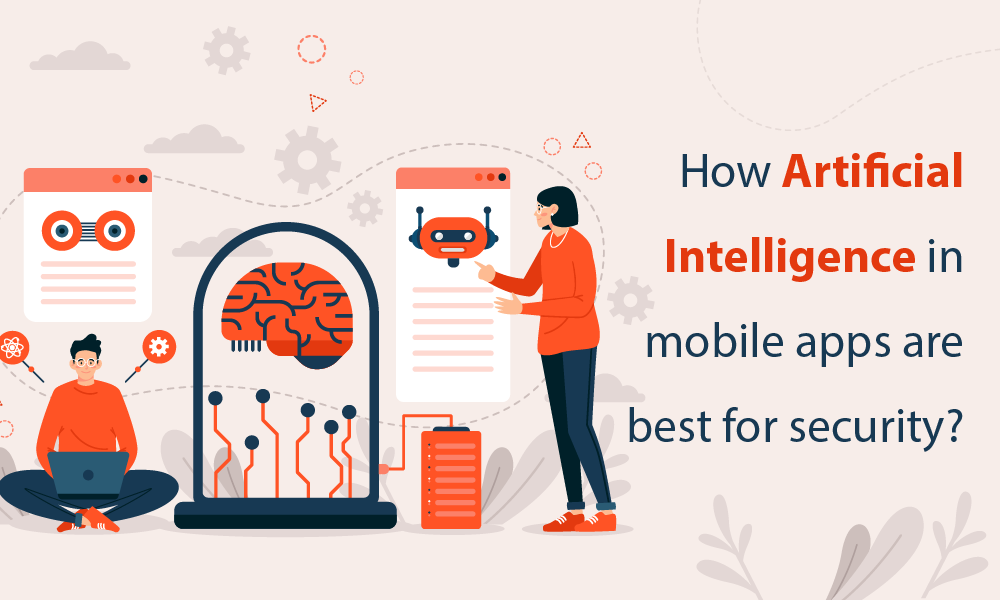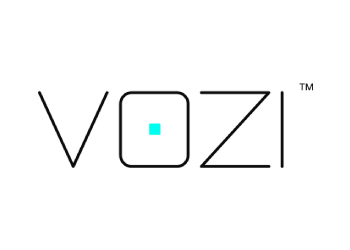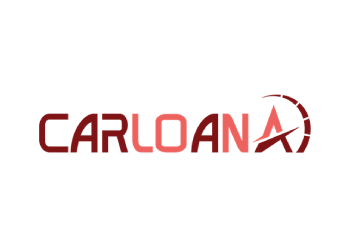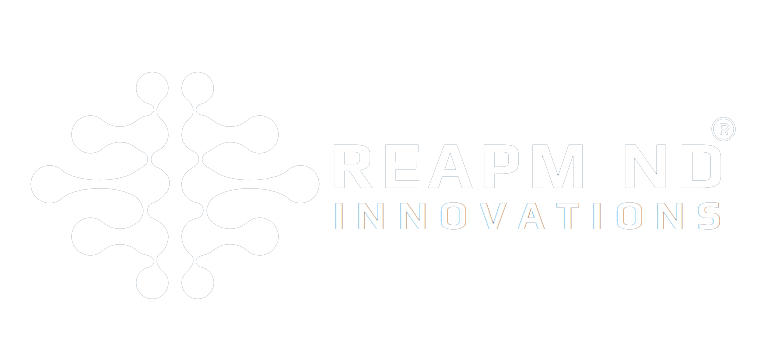Introduction
The car world has changed a lot in the last ten years. People are loving used cars more than ever, and that’s thanks to cool apps like DubiCars.
But have you ever wondered what it takes to create an app like DubiCars and how much it costs?
In FY2021-2022, India witnessed 4.4 million used car sales, while the United States, China, the United Kingdom, Germany, and France collectively sold 80 million. India’s used car market is expected to grow from USD 27.47 billion in 2023 to USD 55.49 billion by 2028, reflecting a global surge in pre-owned car demand.
In contrast, the new car market experienced a 20% decline in sales worldwide in 2020, with the US used car market thriving and estimated to grow by 3.91 million units from 2020 to 2025, generating $146.5 billion in revenue for US used car dealers in 2022.
And in the middle of all this, we have DubiCars, which is making buying and selling cars super easy through an app. But what does it take to build something like DubiCars?
So, if you are curious about how DubiCars changed the game, this blog is just what you were looking for!
I. Understanding DubiCars
Table of Contents
ToggleDubiCars, a rising star in the UAE’s secondhand car scene, has come a long way since its start in 2014 and relaunch in 2018. It’s now the go-to place for folks looking to buy or sell used cars in the Emirates.
What makes DubiCars special is its exclusive focus on the automotive sector and its independent ownership structure. DubiCars stands as a beacon of transparency and data-driven operations. With over 470 active showrooms, it’s the top player in the market, especially when it comes to exports. And with more than three million searches every month, it’s like having your finger on the pulse of what car buyers and sellers are up to.
DubiCars’ Key Features Include:
- Easy Sign-Up/Social Media Login
- In-App High-Resolution Camera
- In-App Chatbot
- Loan Calculator
- GPS Tracking
- Loyalty Programs
- Car Model Comparison
- Car Valuation Tool
- Push Notifications
- 3D View of the Car Model
- Real-Time Analysis
- Roadside Assistance
- Ad Management
DubiCars Business Model
DubiCars operates on a straightforward and transparent business model. This mobile app offers a user-friendly platform for car buying and selling while presenting multiple revenue-generating opportunities.
Key Takeaway Points of the DubiCars Business Model:
- Commission-Based Revenue: DubiCars earns through a commission model where dealers pay only upon successful sales. This aligns platform success with dealer success, fostering trust and efficiency.
- Advertisement and Promotion: DubiCars generates revenue through brand ads and promotions, providing brands with a targeted channel while boosting its income.
- Location-Based Featured Listings: The app boosts income with location-based listings, enhancing dealer visibility to potential buyers.
- User-Centric Approach: DubiCars’ model benefits dealers, advertisers, and users by aligning success with fairness and trust in transactions, solidifying its leadership in the UAE’s used car market.
DubiCars Revenue Model
DubiCars has a clear and effective revenue model in the UAE’s used car market. It centers on commissions and advertising opportunities.
Key Takeaway Points of the DubiCars Revenue Model:
- Commission-Based Earnings: DubiCars primarily makes money by charging dealers a commission when they successfully sell cars through the app. This incentivizes dealers and aligns DubiCars’ success with theirs.
- Diversified Income Streams: Beyond commissions, DubiCars generates revenue through advertising on its platform. This includes brand promotion and location-based featured listings for dealers, creating additional income sources while enhancing the platform’s ecosystem.
- Balanced Approach: DubiCars strikes a balance between commission income and advertising, creating a sustainable revenue model that benefits both dealers and advertisers. This formula has propelled DubiCars to the forefront of the UAE’s used car marketplace.
II. App Development Cost Factors
When it comes to developing an app like DubiCars, several key factors must be considered to align with the business model and revenue strategy. These factors play a pivotal role in crafting a mobile app that resonates with users and maximizes profits.
Let’s dive into the key app development cost factors:
- Essential Features and Functionality: The cost of developing an app like DubiCars heavily depends on the essential features it offers. To align with the app’s mission of connecting car buyers and sellers, it’s vital to include key functions like advanced search filters, real-time inventory updates, price comparison tools, and a user-friendly dashboard.
- User Interface and User Experience (UI/UX) Design: A well-crafted user interface and smooth user experience are essential for retaining and attracting users. The app development cost encompasses the creation of an intuitive, visually pleasing, and user-friendly UI/UX design to ensure user satisfaction.
- Platform Selection: iOS, Android, or Cross-Platform: Choosing the right platform for the app, like DubiCars, is a critical cost consideration. You can opt for iOS, Android, or a cross-platform approach based on your audience and budget. Cross-platform development may be more cost-effective due to code reusability.
- Integration of Third-Party APIs: An app like DubiCars might need to integrate third-party APIs for additional services like payment gateways, location services, or social media sharing.
- Testing and Quality Assurance: Comprehensive testing and quality assurance are essential to ensure an app like DubiCars operates without issues and delivers a smooth user experience.
III. App Development Cost Breakdown
Development Team Expenses:
- Developer: Hiring developers is a significant cost, with expenses varying depending on experience and location. On average, expect to allocate between $15,000 to $30,000 for developer salaries.
- UI/UX Designers: Crafting an engaging and user-friendly interface can add an extra expense of $5,000 to $10,000. The cost may fluctuate based on the complexity of the design and the designer’s expertise.
- Project Managers: To ensure smooth project coordination, project managers are essential and may cost between $5,000 to $10,000.
- Quality Assurance (QA) Testers: QA testers are crucial for app functionality and quality. Plan to allocate around $5,000 to $10,000 for QA testing.
Development Timeline:
- Development Time: The timeline for developing a mobile app can vary but typically spans 3 to 6 months. At an average hourly rate of $50, the development cost for this period could range from $36,000 to $72,000.
Maintenance and Support Costs:
- Ongoing Support: After the initial development, budget for regular maintenance and support, which usually amounts to about 20–30% of the initial development cost annually. This translates to approximately $6,000 to $15,000 per year.
Additional Considerations:
- Platform Selection: The choice of platforms, such as iOS, Android, or both, can impact costs. Plan for an additional $5,000 to $10,000 for each platform.
- Features and Functions: The complexity and number of features you want to include in your app will significantly influence costs. Advanced functionalities like geolocation, chat, or payment integration can add $5,000 to $10,000 or more to the development cost.
- Marketing and Promotion: Budget for marketing and promotion to attract users. The investment required can vary widely but may range from $5,000 to $20,000 or more, depending on your marketing strategy’s scale.
- Legal and Licensing: Legal considerations, licensing, and intellectual property protection are vital. Allocate an additional $5,000 to $10,000 for legal and licensing requirements to ensure compliance and safeguard your app’s content and technology.
IV. Factors Influencing the Overall Cost
Understanding these cost-influencing factors is crucial when budgeting for the development of a car buy-sell app similar to DubiCars. By considering the following factors, you can make more informed decisions about the financial aspects of your app development project and tailor your budget accordingly.
- Geographic Location of the Development Team: The geographical location of your development team has a significant impact on costs. In higher-cost regions, developer salaries can range from $60,000 to $120,000, while lower-cost areas may offer salaries between $30,000 and $60,000.
- App Complexity and Customization: App complexity and customization influence costs. Simple car buy-sell apps may cost $15,000 to $30,000, but advanced features like geolocation, chat, or complex algorithms can add $5,000 to $20,000 or more. Customization leads to higher expenses.
- Legal and Regulatory Compliance: Complying with legal and regulatory requirements is crucial. Costs for legal and regulatory compliance may range from $5,000 to $10,000 or more, depending on app complexity and the need for legal consultation, licenses, and data privacy measures.
- Marketing and Promotion: Marketing and promotion are vital for user engagement. Budgets for marketing efforts can vary, typically falling between $5,000 and $20,000. Costs depend on the scale and scope of marketing strategies, including social media campaigns and advertising.
V. Reducing Development Costs
Within the app development landscape, keeping costs in check while ensuring a quality end product is a top priority. For apps similar to DubiCars, the following pointers offer a concise yet effective approach to cost reduction in line with the app development cost factors, business model, and revenue model.
Let’s delve into these strategies:
- MVP Development: Focus on essential features, aligning with the business model and revenue strategy, launching quickly, gathering user feedback, and refining efficiently to trim app development costs.
- Agile Development Approach: Manage costs effectively with an Agile approach, responding to market changes, minimizing rework, and streamlining development for apps like DubiCars.
- Outsourcing vs. In-House Development: Make a cost-effective choice based on specific needs and budget constraints—outsourcing for reduced expenses or in-house for control and quality assurance.
- Cost-Saving Strategies: Reduce costs using open-source software, code reuse, efficient project management, negotiation, and exploring additional revenue streams to offset expenses for apps like DubiCars.
VI. Conclusion
And it’s a wrap!
In our quest to understand the cost of building a car buy-sell app like DubiCars, we’ve uncovered various factors that come into play. It’s a journey that requires careful planning, but there’s one crucial decision that can make all the difference: choosing the right development partner. That’s exactly where ReapMind comes into play!
At ReapMind, we pride ourselves on our stellar track record of crafting innovative and cost-effective solutions. Our commitment to blending technical expertise, creative innovation, and cost-effectiveness seamlessly ensures that your vision turns into a digital masterpiece.
Are you ready to turn your car buy-sell app vision into reality?
Get in touch with ReapMind today!
FAQs
How much does it cost to build a car buy-sell app like DubiCars with ReapMind?
Answer: The cost can vary widely depending on features and complexity. A basic app may start at around $10,000, while a more advanced one could cost upwards of $50,000 and more.
Should I develop the app for iOS, Android, or both?
Answer: The choice depends on your target audience and budget. Developing for both platforms will increase costs and expand your potential user base.
What ongoing costs should I consider after the app is launched?
Answer: Maintenance, server hosting, and support are ongoing expenses. Additionally, marketing and updates to keep your app competitive are essential.
Can I start with a minimum viable product (MVP) and add features later?
Answer: Yes, developing an MVP is a cost-effective approach. You can then gather user feedback and enhance your app based on their needs.
What are some ways to make my app stand out from competitors like DubiCars?
Answer: Differentiating factors can include unique features, user-friendly design, strong customer support, and effective marketing strategies.
How can I monetize my car buy-sell app?
Answer: You can generate revenue through various channels, including premium listings, featured ads, subscription models, and in-app advertising.
